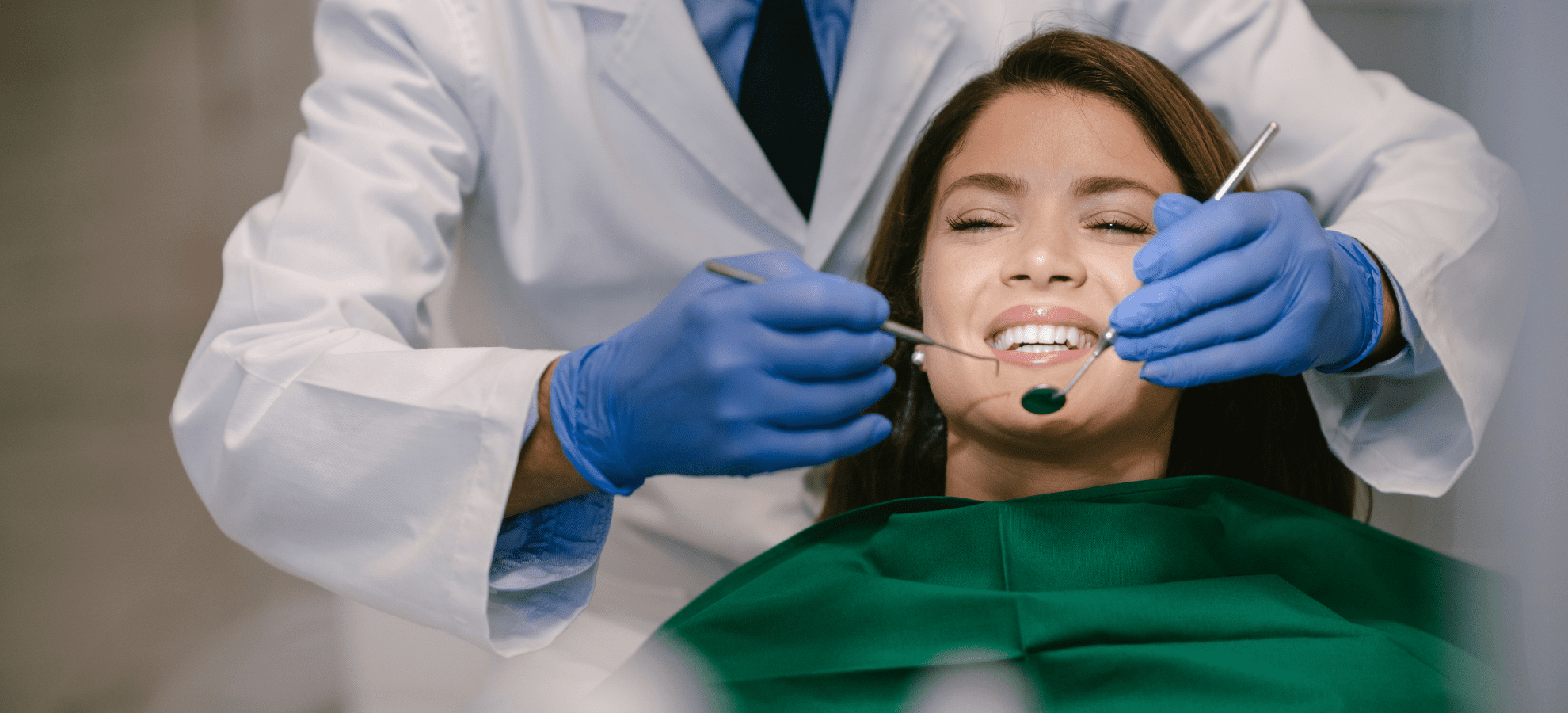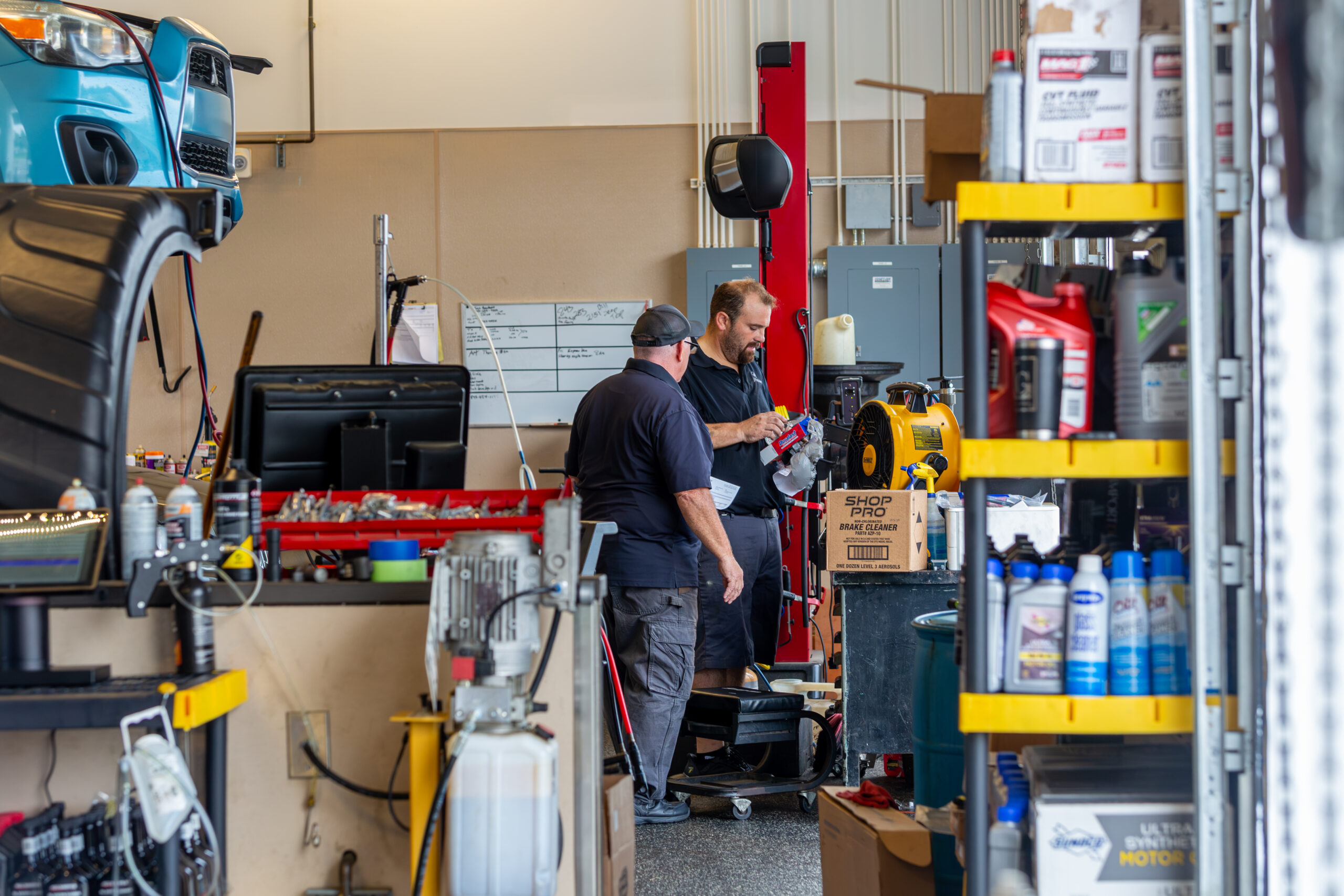Is Enrichment a Good Thing?
by Emma Ware
Enriched. It’s a great word— the meaning has many facets. One description is: “A thing that contributes extra features to something else in such a way as to improve or emphasize its quality.”
That sounds good, right?
Relating that to our daily lives can mean a number of things— like adding more sleep or exercise to enhance the quality of our life; or eating a lot of fruits and vegetables. But one word that intrigued me in the very long list of other words used to describe enriched was the word correction.
That fell right into the deep well of my quest to discover the source of digestive disorders. As a significant focus of my research, over time I have found the word enriched to be in pretty much everything that has been either processed or changed before it ever reaches the grocery stores. I needed to find out why.
What I’m about to share with you is nothing new to the food industry and very much accepted as safe and normal when we read it on a label. Things like GMO or non-GMO, or enriched or fortified. Here is what we don’t know.
Enriched foods simply mean that the value before it was processed was natural and nourishing, but once a food has been processed, it changes its structure depleting it of any vitamins or minerals or its natural composition.
What is not known is that some of the additives are chemically produced and then introduced to the food. Our bodies cannot recognize the additives as natural, and over time our digestive systems begin to show signs of distress. Diverticulitis, acid reflux, Crohn’s disease, ulcers, gallbladder disease, pancreatitis, liver disease, bloating— the list goes on and on.
We are tricking our bodies into accepting artificial and chemically-induced products that are marketed as food, but over time the cost is dear, and repair isn’t always successful.
So how do we distinguish between natural unmodified foods and foods that have been altered, changed or modified?
That is a question we can’t really answer because ingredient labels don’t always include changes made or the kind of changes that are made to the finished product. The food industry is only required to provide as little information as possible to any changes made, and they are able to modify the information using alternate names for chemicals we can’t identify. We are totally unaware of what has taken place to that specific food item.
This is true especially where bread is concerned. Why is flour bleached? How is it bleached? What kind of flour is it and where does it come from? Do you know how corn is genetically modified? How about coffee? Did you know that almost all decaffeinated coffee is done by a process using formaldehyde? How is orange juice made from concentrate? Are there added sugars or preservatives? Do you know what country your food comes from?
Read, read, read labels. Learn the many names used to camouflage processed or enriched foods and don’t be fooled into accepting what is intended to sell a product that falls short of being pure and unprocessed.
So what is the solution?
Eat clean, real foods and fewer boxed or processed foods. The closer to farm fresh the better, and if you don’t like to cook, there are many ways to skirt that problem. Many people are now finding restaurants that use only unprocessed or chemical-free foods.
In addition to eating out, there are companies that put together clean foods portioned and shipped for you to prepare at home.
Here are two some of our clients have found, that are real winners and at the top of the list— Home Chef and Hello Fresh.
So eat clean, read labels and don’t be tricked by false marketing. Be an informed shopper.
Blessings,
Emma
Emma’s School of Healthy Eating

















